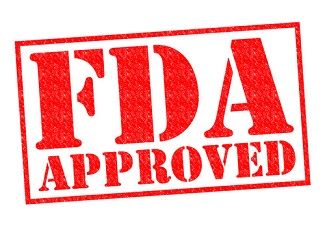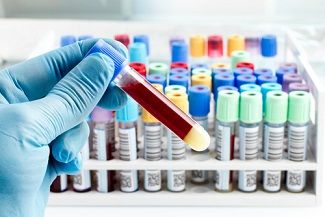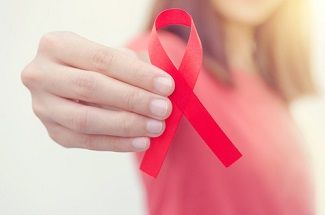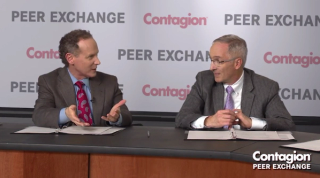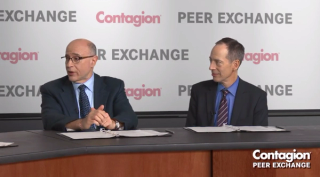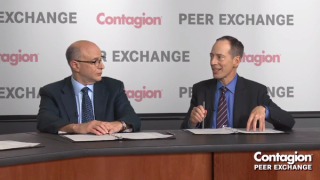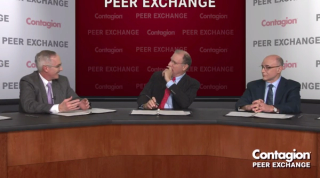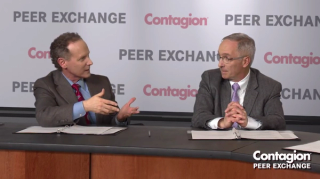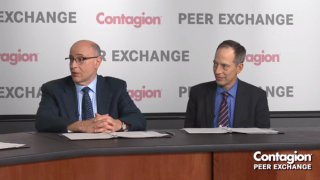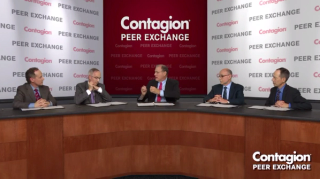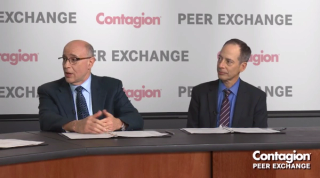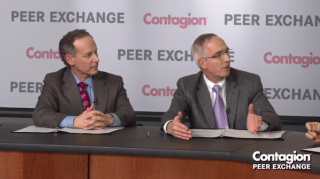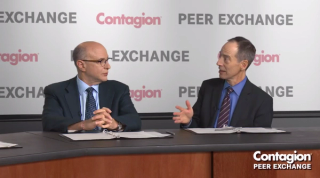
PrEP
Latest News
Latest Videos

CME Content
More News

Investigators used national electronic health record data to determine the proportion of American adults who have been tested for HIV.

Amid growing reports of viral resistance in patients living with HIV, IDSA, HIV Medicine Association, and American Academy of HIV Medicine have issued a joint policy paper.

Jump-starting HIV treatment in hospital emergency department settings could be a key to curbing the spread of the virus.
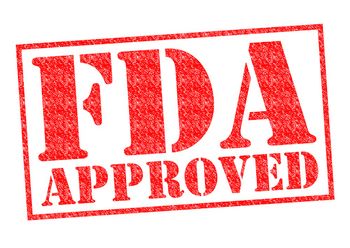
The approval allows treatment-experienced adults living with HIV who are virally suppressed to switch to doravirine or doravirine/lamivudine/tenofovir disoproxil fumarate.
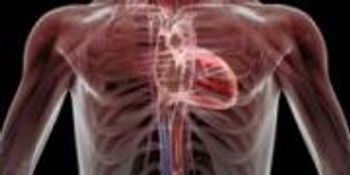
Along with other heart ailments, new research finds that people living with HIV have a greater risk of atrial fibrillation.
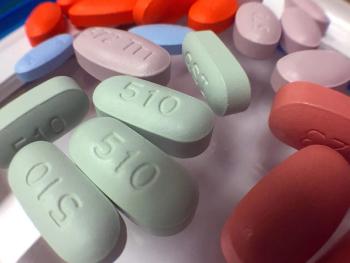
The SLATE study evaluated whether a clinical algorithm can help clinicians determine eligibility for same-day treatment among people living with HIV and initiate ART when appropriate.
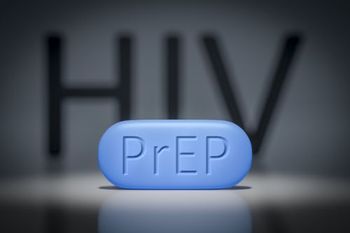
The prevalence of sexually transmitted infections is rising, and a new study suggests a higher risk for HIV-positive MSM whose partners use PrEP.
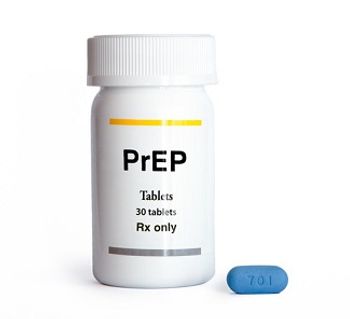
A study conducted in Kenya demonstrated that appealing to women who present at family-planning clinics to obtain birth control can increase the percentage who will use PrEP.
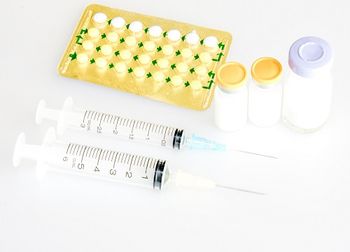
There was no difference in HIV acquisition among women who used progestogen-only injectables, implants, or intrauterine devices.

In the doxycycline as PrEP arm, there was a 73% reduction (p = .02) in syphilis, Neisseria gonorrhoeae, and Chlamydia trachomatis infections.
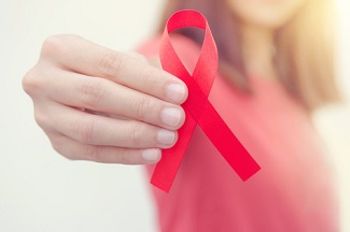
In 2018, the UK recorded 4484 new cases of HIV, representing a 28% decrease compared with the 6271 new diagnoses documented in 2015.

That daily PrEP dose may not be necessary, according to a new study that examined time-driven and event-driven dosing in a high-risk population.
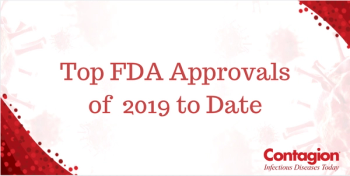
As the summer comes to a close, our editorial team is looking back at the top FDA approvals of 2019 to date and looking ahead at what is left on the docket this year.

Allowing pharmacists to provide PrEP care is a feasible alternative for improving access to the treatment, according to a recent trial that was well-received by patients and pharmacists.
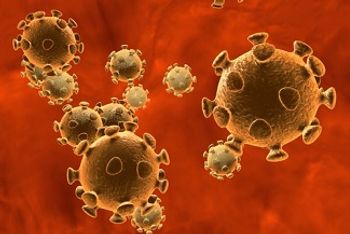
Advances in treatment mean people are living longer than ever with HIV—but the flip side is an increased risk of certain diseases, especially ones related to aging.

The study has achieved its primary objective, demonstrating that administration every 8 weeks is as effective in maintaining viral suppression compared with monthly administration.

Transitioning from a child born with HIV into an adult living with HIV often means less adherence to antiretroviral medication therapies and a lower level of viral suppression. A new study delves into some possible reasons why.

There has been increasing interest in the association between neural tube defects, dolutegravir, and integrase inhibitors as a class since 4 cases were reported in 2018.
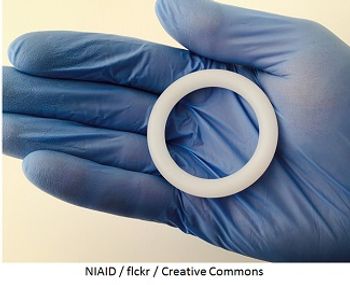
Research on a tenofovir disoproxil fumarate intravaginal ring for PrEP hit a hurdle when 8 of 12 women unexpectedly developed vaginal ulcers.

The committee voted 16 to 2 to recommend F/TAF for PrEP based upon data from the phase 3 DISCOVER study, which evaluated F/TAF in comparison with F/TDF.
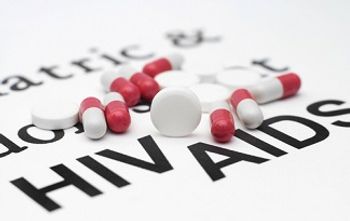
The percentage of participants who achieved HIV-1 RNA< 50 copies/mL in the 0.25 mg, 0.75 mg, 2.25 mg MK-8591 dose groups was 89.7%, 90.0%, and 77.4%, respectively, at week 48.

A sharp increase in syphilis cases in Europe is hitting hardest among MSM and has been linked to the use of PrEP drugs and an increase in risky sexual behavior.

GEMINI 1 & 2 are phase 3, randomized, double-blind, multicenter studies evaluating the 2-drug regimen of DTG/3TC in comparison with the 3-drug regimen of DTG + TDF/FTC.

The final results of HOPE, a phase 3 open-label extension trial, show high uptake and lower-than-anticipated HIV-1 incidence.

The discovery of dendritic cells known as CD11c+ offers a pathway to understanding the mechanism behind HIV transmission and how to halt it.
